Trevor Wray got in touch, as he is re-wiring his 1974 Norton Commando 850 MK2a Interstate.
Wiring Choices
Trevor has a decent selection of modern upgrades on his bike and as part of the re-wiring process, has sensibly decided to go up the positive earth ‘bus’ route.
Battery Connection
As you read through this article, and start to look at the diagrams, be sure to notice that there is only one connection to the battery positive – this is the heavy 6-gauge cable that goes to the primary case for the Colorado Norton Works Electric start.
It is important not to take any other connection to the battery on this side, as if for any reason you have disconnected the heavy gauge cable (maybe you are doing some maintenance work on the primary), and you inadvertently touch the starter button, you can quite easily pull 200 amps of unfused power through the other cables in the wiring harness that are rated at 20 amps.
The wires simply melt!
NVT had the same problem with the Triumph T160 back in the day.
They sent a Service Bulletin out to the dealers and distributors instructing them to cut the light gauge wire from the battery, leaving only the heavy one. The same thing should be done on the MK3 Commando too (there are a lot of commonalities with the electrical system on the MK3 Commando and the T160 Triumph, as they were under the same ownership by that point)
All of the MK3 diagrams here on my site have that cable deleted for this very reason.
You often see MK3’s with this cable cut. I think it is common for a new owner of a bike to wrongly reinstate this wire when they open the side cover for the first time and discover that the wire has been cut. Wrong – it’s been cut for a very good reason!!!
Positive Feed
One thing I like to do, and highly recommend that others do when making your own harness is use this as an opportunity to sort out earths (in our case the positive feed) once and for all.
With the Commando, Norton (and Lucas) were innovative in that there was no reliance on the frame as a ground for the majority of the components on the bike – for example, although the original zener diode sunk it’s heat to ground on the nice, chunky heat dissipating aluminium z-plate, and the component operated by electrically connecting via it’s mounting stud, there was still a ring terminal and a red wire on the back of it – I have gone into more detail about that in an article here.
The downside in the way Norton did it is that in many of the cases, each component has a positive loop – so there are two red wires going to it – look at it as an ‘in’ and an ‘out’ – if the wire breaks at the connector, or one of the connectors becomes unplugged, it can interrupt the positive feed to the rest of the bike.
If I am building a harness from scratch, I like to run a positive wire from the front to back of the bike, then tap in for a feed to each component as required – there is a massive advantage in doing this, and making it part of the loom, as it means you rule out any unreliability associated with bad earths, or trying to get power through rust, paint, powder coating, paper gaskets, loctite, clutch cables, steering bearings and speedo/tacho drives.
For the sake of spending an hour running this wire now, it means you rule out a massive variable, and make troubleshooting really easy in the future. So well worth doing in my opinion!
I have drawn a simple diagram that shows the negative wire with the splices for the individual components – I usually have a 12-gauge cable to handle this – a 2mm² cable will handle 25 amps which is more than enough.
When you splice into the cable to feed the positive to an individual component, you can use a lighter gauge cable that is rated for the maximum current that particular part will draw.
For example, the turn signals can have an 18-gauge cable – 1mm² will handle 8.75 amps and be more than enough.
Those old 21-watt lamps used in the turn signals will draw no more than 3.5 amps.
Here is a diagram which covers the design for the positive ‘BUS’ that runs from front to back of Trevor’s bike, with the splices to feed the individual components.
The above diagram can be downloaded as a PDF by clicking here:
So, the correct routing for the positive feed is:
- A single 6-gauge cable from the battery positive terminal to the Alton primary case
- A connection at the head steady into the rest of the wiring harness (I like 12-gauge for this)
It is important to make the ‘head steady’ connection on the engine side of the head steady… Isolastics are a good electrical insulator as well as a good vibration isolator!
Don’t forget, we have no need to earth the frame on these bikes.
Note that in the above diagram, I have drawn in a positive feed to the pilot light and both instrument backlights.
Sometimes these have a proper, wired positive connection, other times they earth out through the body of the lampholder.
I don’t understand the rhyme or reason to these lampholder types – I have seen two different types on two bikes of exactly the same year. But it is something to watch out for when you are running wires for your positive ‘BUS’
The other factor to note is the turn signal indicator ‘stalks’ – I have mentioned in other articles, that this is one to watch out for.
Originally the stalks were chromed plastic, and relied on this for the positive feed to the lamp.
It’s a really poor design, and I don’t like it – there is room inside the tube of the ‘stalk’ to run an extra red wire and do a proper job!
Wiring Technique
When I am making up looms and harness from scratch, I like to minimize the number of connectors I use – ideally using them only at the point the cables plug in to the components themselves.
This feels contrary to what they did back in the 60s on bikes, where you seem to run into connectors for the sake of it – these are potential points for moisture ingress, terminal corrosion (the dreaded verdigris) and ultimately failure.
If I am splicing like in the case of the positive ‘BUS’ (covered above) that I like to run from front to back of a bike, I like to bare the cable using wire strippers where I want my splice to be, I then twist the junction wire around the bared section, solder it, and use an adhesive lined heatshrink sleeve over the top which will protect the joint from moisture ingress and provide decent strain relief.
I feel that mechanically twisting the cables as I do, and then strain relieving them so well means there is zero risk of a soldered joint becoming dry or failing – I have certainly never had a failure in many years.
Here are some pics of my splicing procedure:
For the connectors themselves, I do not like soldering – I much prefer to see a quality crimped connector – made utterly reliable using a decent and correct crimp tool.
When I have finished making the harness, and I wrap the whole thing in cloth tape, you’d never know there is a joint there!
The tape I like to use is Tessa 51608 fabric tape (it is also known as fleece tape)
It’s nice and furry, sticks well to itself and doesn’t come unraveled. It gives a great OEM look.
Fuses
The reg/rec will be on it’s own dedicated fuse which is wired directly to the battery.
The beauty of doing this is that if, for whatever reason there is an issue with the charging system, you can pull the fuse and still get safely home on battery power alone.
Also, if there is a failure of the reg/rec, there is no risk of overcharging and boiling the battery dry – it’s a smart move.
I have found issues with the glass-style fuseholders in the past – the springs become weak over time, and eventually the circuit becomes intermittent.
As the fuse disconnects and reconnects to the contacts, a small amount of arcing occurs – over time a layer of ‘soot’ will build up over the contact patch, which in itself acts as an electrical insulator.
This can impact all sorts of things, not least the smooth running of your engine!
The symptoms of this feel very much like fuel starvation, so most assume there is a carb problem before they even start looking at the electrics!
I would recommend using automotive blade type fuses all round instead of the original glass type used on these bikes.
These are great, as blade fuses are available in every garage and petrol station, and are very resilient to vibration.
My rule of thumb is usually a 15-amp fuse for standard bikes, or a 20-amp fuse for MK3s and electric start conversions or if you have fitted high output alternator etc…
The other thing to watch with the old style fuses is the value.
Our workshop manual specifies a 35-amp fuse:
This was written in the 70s for a 70s british bike
It did not take into consideration that a US fuse is rated in a different way!
The British standard was to show the blow value on the fuse, and in the manual – not it’s continuous rating.
The US standard (which was subsequently adopted internationally) is to show the continuous rating value on the fuse, and in the manual.
Some fuses, back in the day showed BOTH their continuous rating value AND their blow value, but this was certainly not always the case.
To this end, I see MANY bikes fitted with the wrong value fuse – a 35-amp continuous rated fuse will blow at 70 amps… a long time after every cable on the bike has melted.
Not good.
Modern blade type fuses are labelled and referred to by their continuous rating. Everywhere. Worldwide.
So, you know where you are, and there are no nasty surprises.
Warning Light Assimilator
The Lucas 3AW 3 wire ‘silver can’ assimilator is the most unreliable part of the bike in my opinion.
Think of the old-fashioned mechanical bi-metallic strip that is part of the thermostat on an old central- heating system – it’s basically the same sort of technology used here. Warming up and expansion/contraction of different metals to open and close contacts.
Couple that to a rattly, vibrating motorcycle, and you can suddenly understand why they were not wholly reliable.
Plus, there is the matter of what they are actually doing, and how much use that is.
The 3AW is looking for about 6 ½ volts coming out of the alternator stator.
It gives you no information about the charging (i.e., the regulator (zener) and rectifier)
It gives you no information about the state of the battery.
Charge Warning Light
Tri-Spark is one of the manufacturers that has detailed that the factory warning light assimilator is NOT supported with their reg/rec unit.
I can certainly recommend the Improving Classic Motorcycles charge warning light as a brilliant alternative.
I use them myself, and have had a good experience with them.
The nice thing about the Improving Classic Motorcycles unit is that you can retain the original warning light – so it looks totally factory (this for me is an important factory with the MK3 with it’s quirky little instrument panel).
It gives you a lot more useful information about the state of the battery and charging system compared to the standard assimilator unit, which looks for AC output from the alternator stator only.
Electronic Ignition
The new kid on the block for Electronic Ignitions is Tri-Spark.
Well, I say new kid – they have been around since about 2009.
You can find the Tri-Spark website here.
Tri-Spark get a bad press for reasons I have gone into in an article here – I have never, ever had an issue with them – always reliable, great customer service, and fully of some great features.
They are my personal preference for electronic ignitions, and I recommend them to anyone thinking of moving based on my own great experience.
The Tri-Spark unit is a one box solution – all the gubbins are mounted inside the points cover – no additional black box to try and hide under the tank, and very, very simple to connect up.
The wiring is as follows:
| Wire Colour | Description |
|---|---|
| Red | this is the positive feed to the Tri-Spark unit. Most people attach this wire to one of the two fixing posts inside the points cover. I would personally recommend running an additional wire up to the coils, I always draw my wiring diagrams in this way to cover this recommendation |
| Black/Yellow | this is the negative feed to the Tri-Spark unit. This joins in to the White/Yellow that is the kill switch on your handlebar switch cluster |
| Black/White | this is the negative supply FROM the Tri-Spark TO the coils |
You’ll note in the wiring diagram below that the Ballast Resistor and Condensers have been removed as part of the conversion to Electronic Ignition.
Bill has a dual output single tower coil – so there is no worry with moving the pair of single 6-volt coils to a series setup for wasted spark ignition as with a normal points conversion.
You’ll note in the wiring diagram below that the Ballast Resistor and Condensers have been removed as part of the conversion to Electronic Ignition – they are no longer required.
Two major benefits of the Tri-Spark:
- a very low operating voltage – as low as 8 volts means your bike will still run with a less than optimal battery and charging system
- circuitry performs the electronic equivalent of advance and retard to make the bike easier to start and stop the possibility of kick-back. This makes it gentler on your knees, and kinder to electric start systems (aka sprag clutches and in the case of the Alton electric start kit tiny plastic shear pins)
Alternator
Trevor has very sensibly opted for a three phase alternator stator.
This is, in my opinion, a great option to go for and is far superior to the factory original single phase unit.
The spec is as follows:
- Lucas RM24
- 3 Phase
- 14.5 amp
- Part Number LU47244
- Also found under Part Number WW10192L
This stator is the high output version, putting out around 14.5 amps – this is a sound choice on an electric start bike, as the duration of most rides will be spent recharging a depleted battery.
In addition, because it is a three-phase unit, output is produced at a much lower RPM making this an ideal solution for around town and in stop start traffic conditions.
As always, I recommend that you ride with your headlight on, as this will always help with the longevity of the components that make up your charging system.
Regulator/Rectifier
Another of the most common upgrades or modifications for a classic british bike is to add a combined regulator/rectifier unit.
Our Commandos use a blue can capacitor, zener diode (which can be found mounted on the back of the z-plate) and rectifier unit.
A combined regulator/rectifier replaces all of these components with one package.
Bill has gone for the relatively new to market Tri-Spark MOSFET unit.
It is certainly easy to spot in it’s blue anodised heatsink!
There are five wires to connect:
| Wire Colour | Description |
|---|---|
| Yellow (x 3) | these are the AC input and pick up on the three wires coming out of the three phase alternator stator (connection can be any way round, as this is the AC side of the circuit) |
| Red | this is the Positive output and will join to one of the red wires in the harness |
| Black | this is the Negative output (known as the hot wire) – I recommend that it is wired directly to the battery negative terminal via it’s own dedicated fuse. |
The spec on paper is very good, being able to handle up to 20 amps.
And the benefit of MOSFET is much more precise control of the charge voltage. I have done a deep dive into reg/rec types and behavior which you can find here
Here are the wiring instructions for the Tri-Spark VR-0030 MOSFET regulator/rectifier.
Electric Starter
And finally – the pièce de résistance is the cNw electric starter!
Matt Rambow and his team at Colorado Norton Works make some beautiful stuff, and their Electric Start Conversion for the pre-MK3 Norton Commando is no exception.
The cNw kit, found here is actually very reasonably priced at $2,795 if you consider that it includes a belt drive primary.
The pics are from Matt’s site (not Trevor’s bike)
As always with Colorado Norton Works, the quality of the fit and finish is second to none.
If you don’t want a highly polished finish, there are options for satin and matt black too.
Matt supplies a starter button with his kit, as the quality of the original switches were dubious when they were new. That makes it difficult for Matt to support, and guarantee the reliability, hence shipping his own.
Trevor has gone the route that many do, and elected to keep the original Lucas switches – which I have shown on the wiring diagram.
Battery
It is highly recommended to go for an uprated battery.
A decent choice is the Motobatt MBTX20UHD
This is a great choice – I really like the Motobatt AGM batteries, they seem to get through a winter layup with no problems at all.
No need to leave these on a tender over the winter, just a charge the night before your first springtime ride of the year, and you are good to go!
AGM is a sealed battery, so no worries about venting or spillage.
They are not overly expensive, and their Cold Cranking ability is good, making them a nice upgrade for electric start bikes!
General Tidy Up
I have taken this opportunity to remove the superfluous Interpol wiring, as it is of course not required on this bike.
The diagram also contains a lot of additional tidying – as I mentioned already eliminating connectors that are there for the sake of it, as these are typically areas of potential failure through vibration or water ingress.
Wiring Diagram
So, without further ado – here is the Custom Wiring Diagram for Trevor’s 1974 Norton Commando 850 MK2a Interstate.
Custom Norton Commando Wiring Diagram – Trevor Wray PNG 3066×1841
This is available as a PDF too – it can be downloaded here:
Categories: Custom Wiring Diagrams, motorcycles

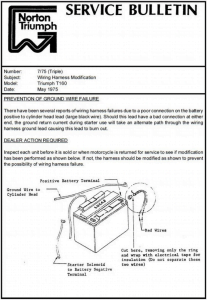
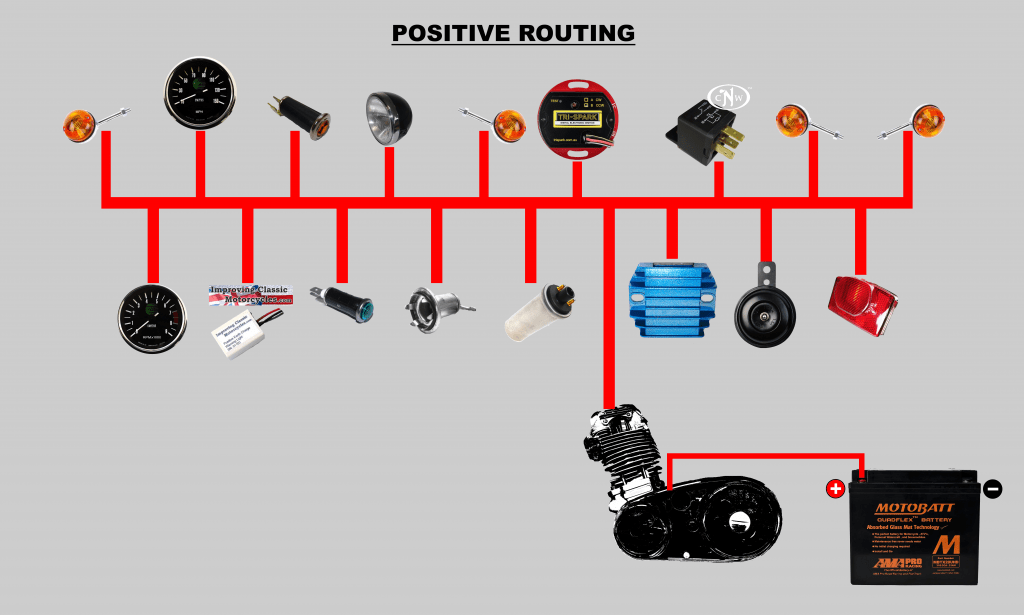

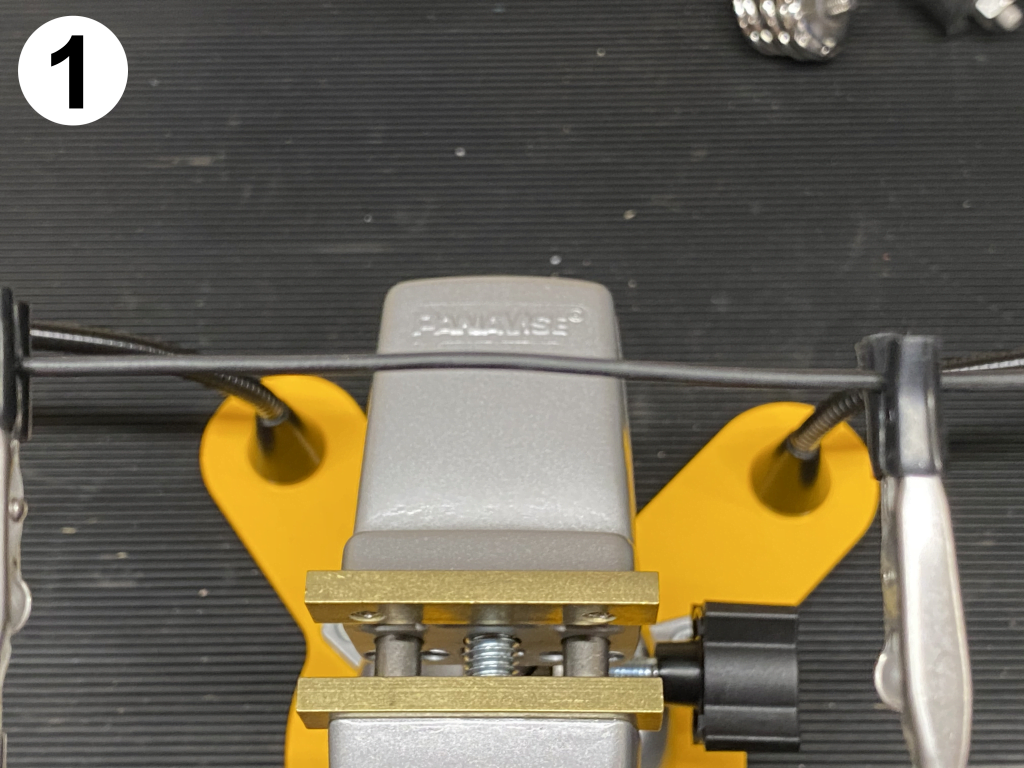


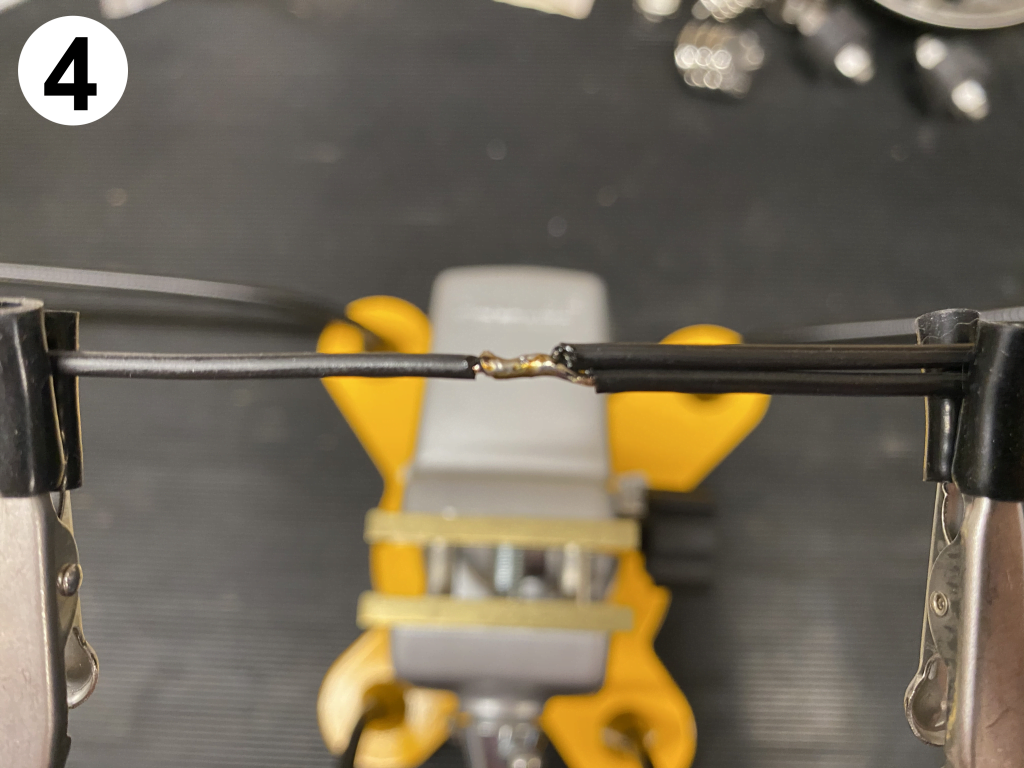
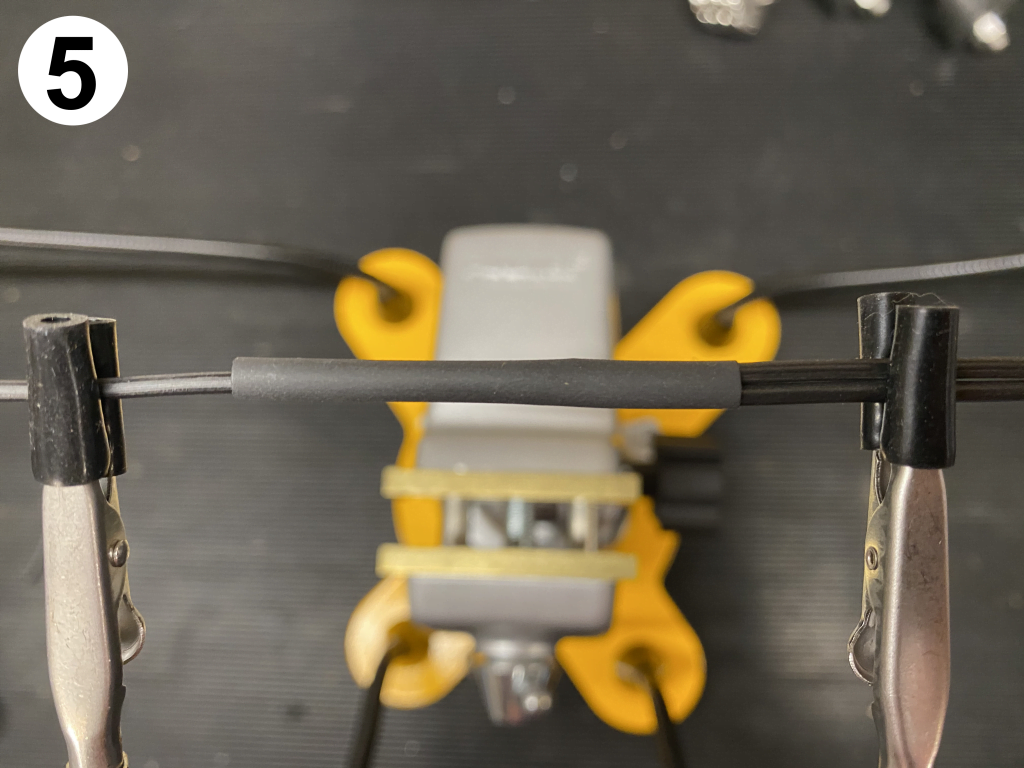


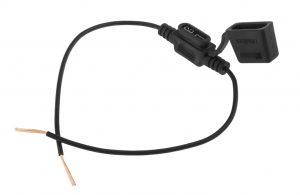
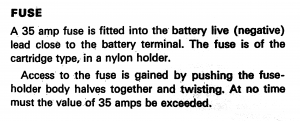
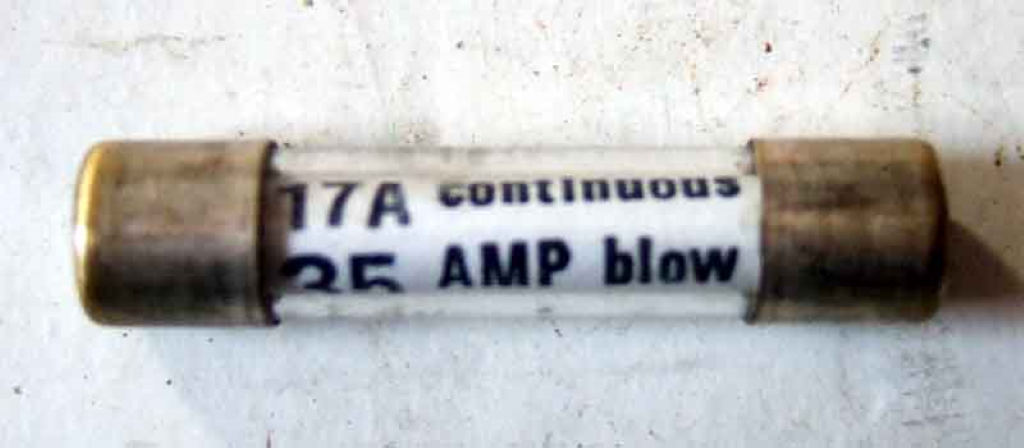
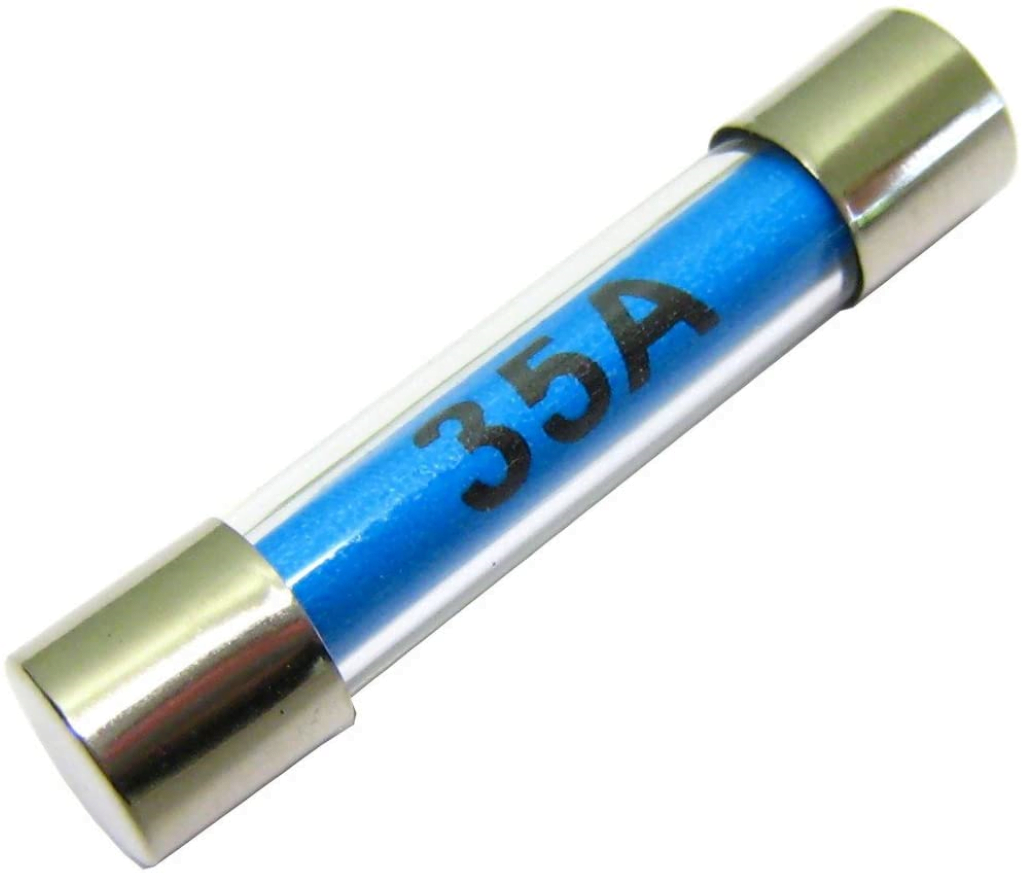

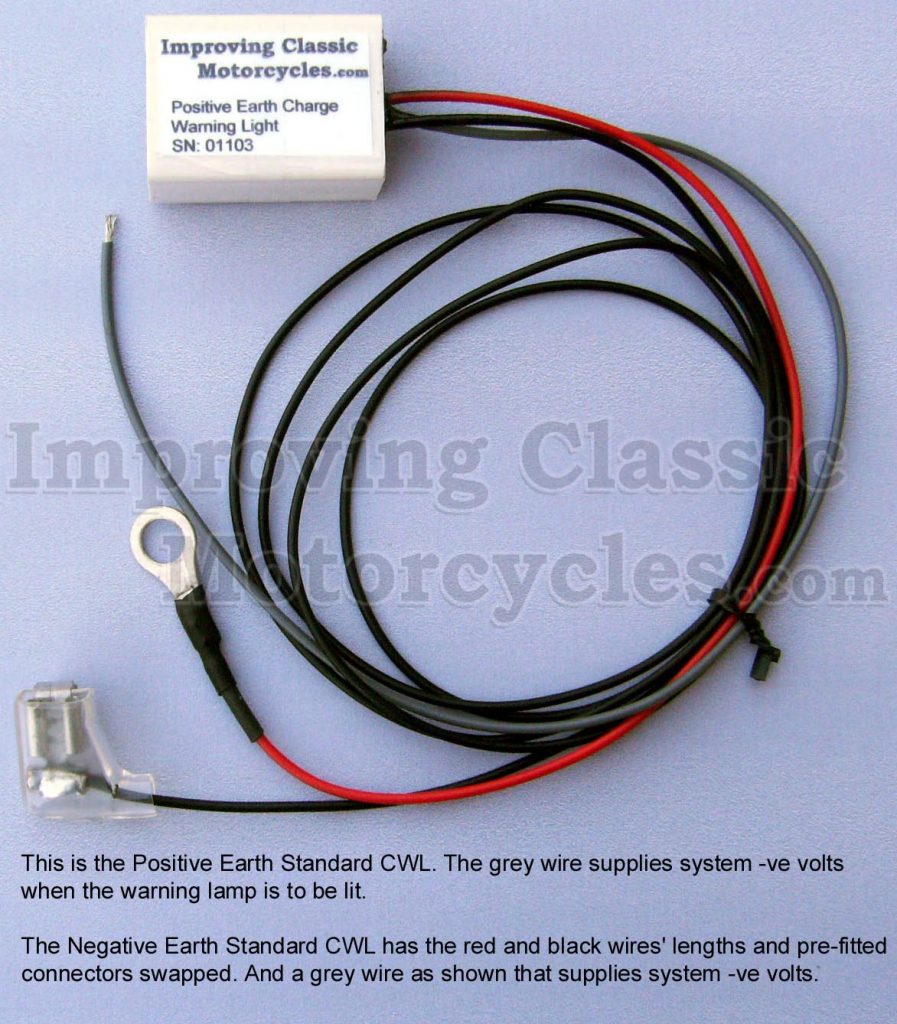

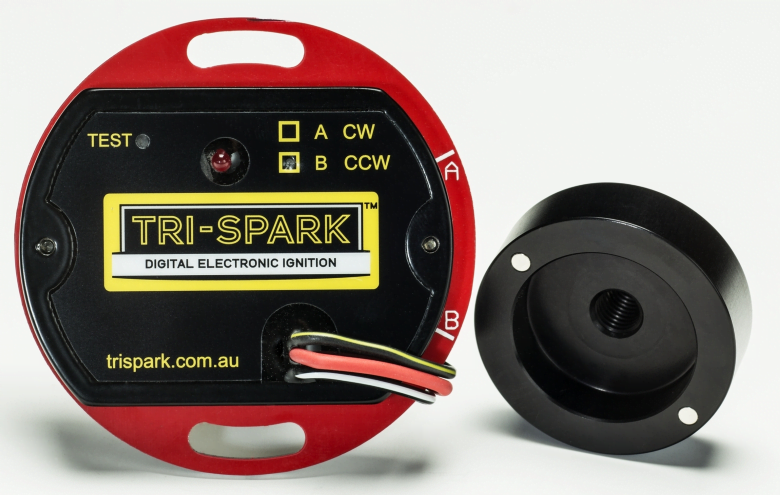

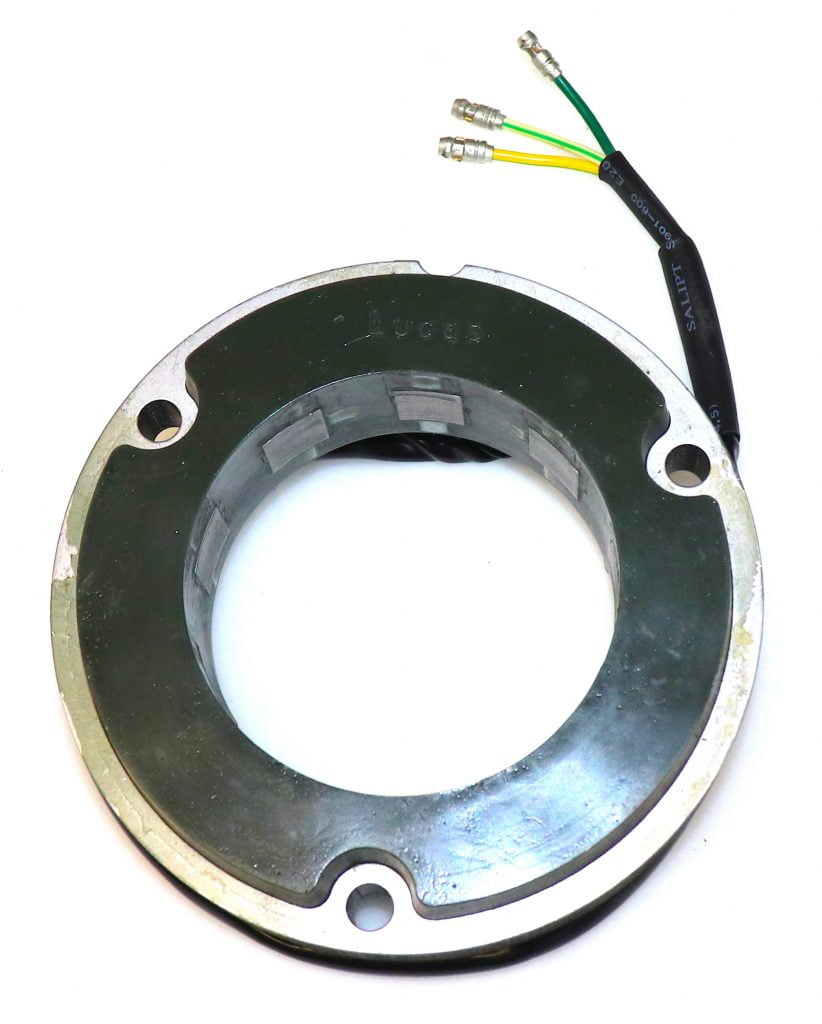
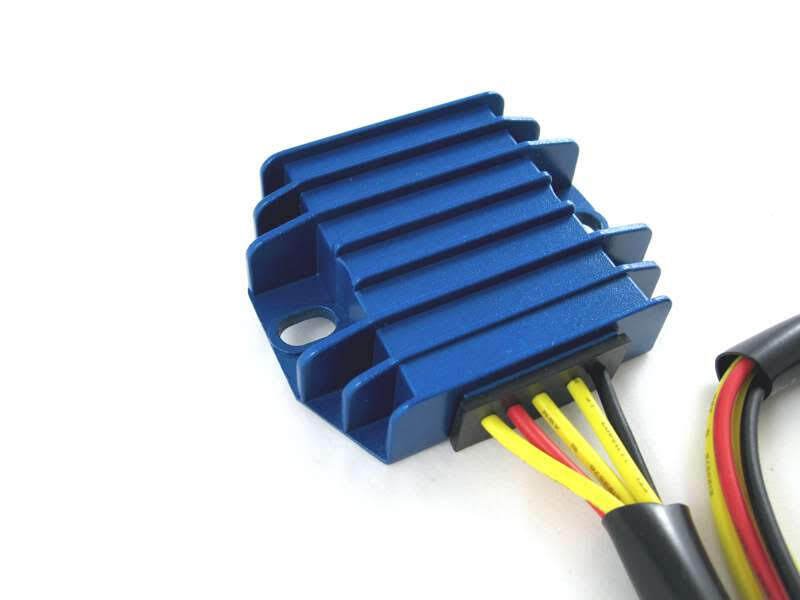




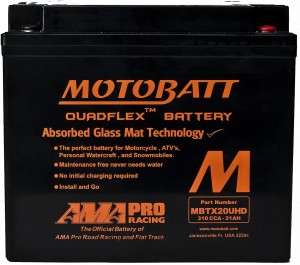
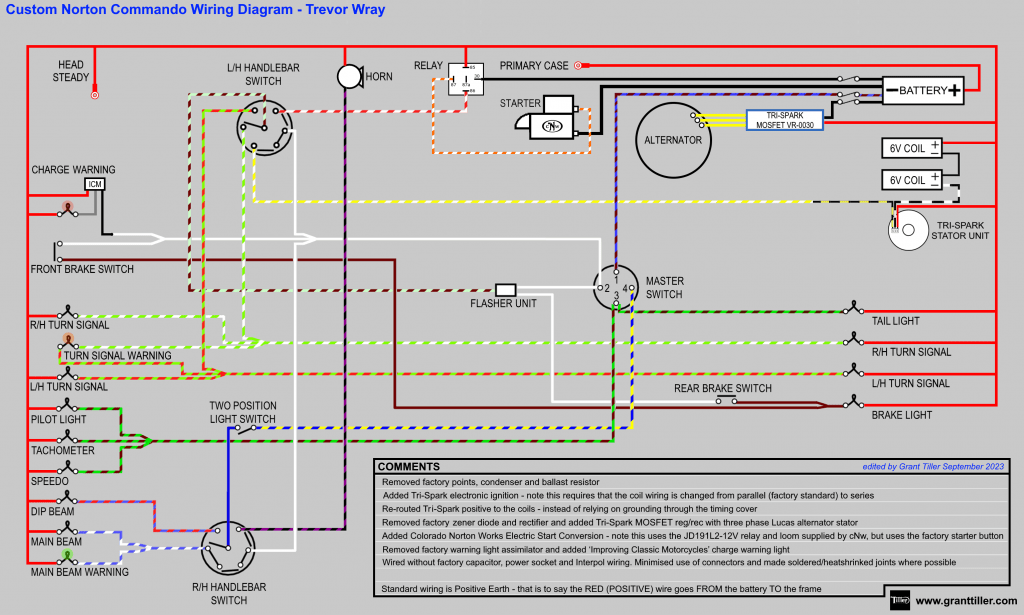
Always enjoy your work.
Thanks for your kind words TC!
Hello Grant
I just want to say a very big thankyou for all your diagrams, advice and recommendations which have enabled me to transform my ‘original’ Mk3 which I bought almost 2 years ago now.
I’ve added a Peter Shand modified Norton starter motor, Tri Spark ignition, Holland Norton Works left and right hand switch gear. Improving Classic Motorcycles charge warning light. A Feked switched anti wet sump valve, wired in series with the kill switch, I now have earthed indicators. Removed positive loom connections to the battery.
Mofsett regulator-rectifier and 12v dual output coil just ordered.. which should get me to where I want to be.
Best regards, Pete Smith
Hi Pete and thanks so much for your message!
It is always wonderful to hear positive feedback about my work. Especially if it involves getting another bike back on the road!
Take care and hope 2025 brings you many happy miles,
Grant